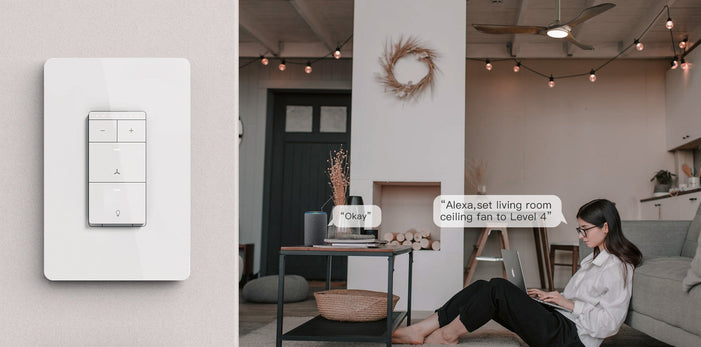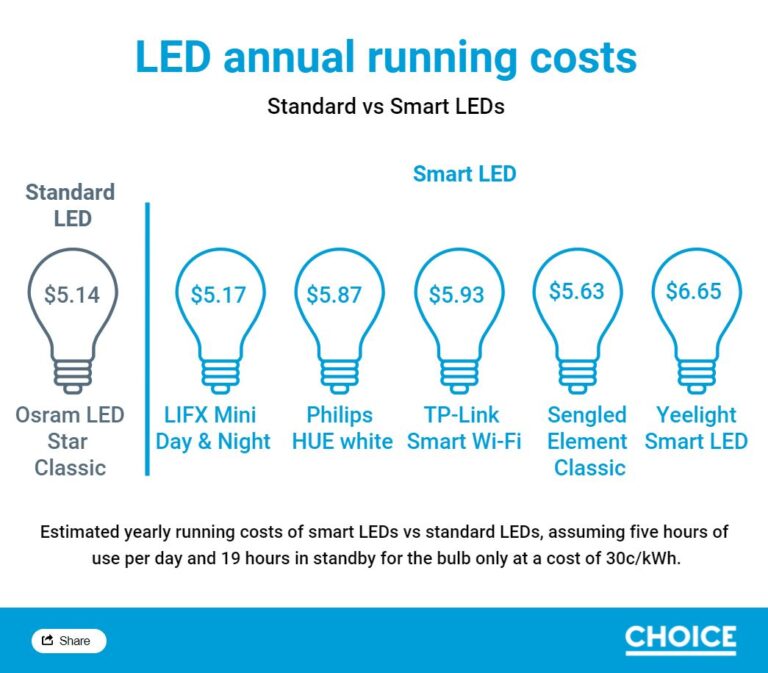I have found that there are several reasons why I don’t like generic or no-brand products that rely on cloud services.
First, when cloud services are no longer supported, the product may become useless. This is a risk with any product that relies heavily on cloud services, as the manufacturer may decide to discontinue support for the product, leaving the user with a device that no longer functions as intended.
Another concern is the potential for network wireless vulnerabilities to be identified. Without a strong brand behind the product, there may be less resources and attention dedicated to identifying and addressing these vulnerabilities, leaving the user at a greater risk of security breaches.
Additionally, when it comes to data breaches, it can be difficult to determine who is responsible for providing support and addressing any issues that arise. With a generic or no-brand product, it may be unclear who to contact for help or support.
Finally, as technology and network change significantly within 8 years, it is unlikely that a no-brand product will be able to keep up with the improvements and new versions of apps. Branded products are more likely to provide software updates, security patches and upgrade cloud services.
Overall, while generic or no-brand products may offer a more budget-friendly option in the short term, the risks and potential drawbacks may outweigh the benefits in the long run. In order to ensure a reliable, secure and long-lasting product, it may be best to go for a branded product.
Saying that, I will choose a generic product every time if it provides additional controls, such as local controls using APIs, hubs or opensource firmware. By doing this, I can create a separate network that is completely isolated from the internet, which significantly reduces my risk. I would only allow my hub to maintain communication over the internet, and if required, I would only update the hub. This is why I often consider Zigbee, Z-wave or Matter devices, as they are not directly connected to the internet and a hub is required to communicate over the internet. This allows me to have more control over my network, and the devices connected to it, while still being able to benefit from smart home technology.



